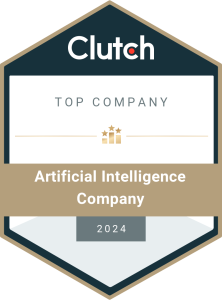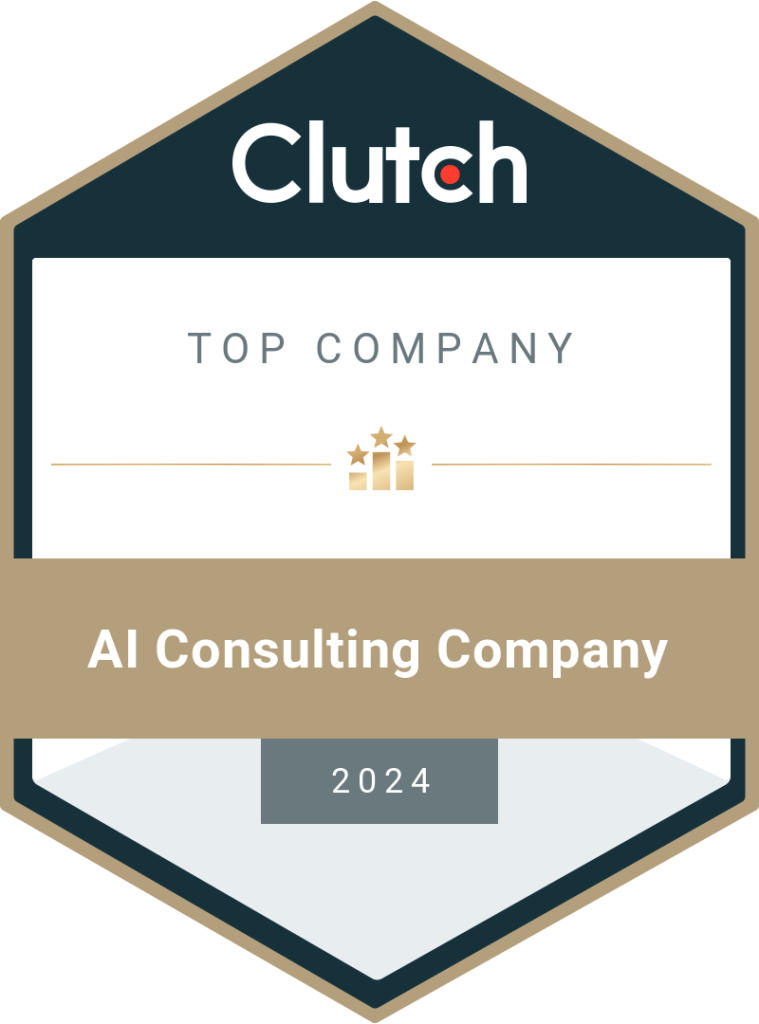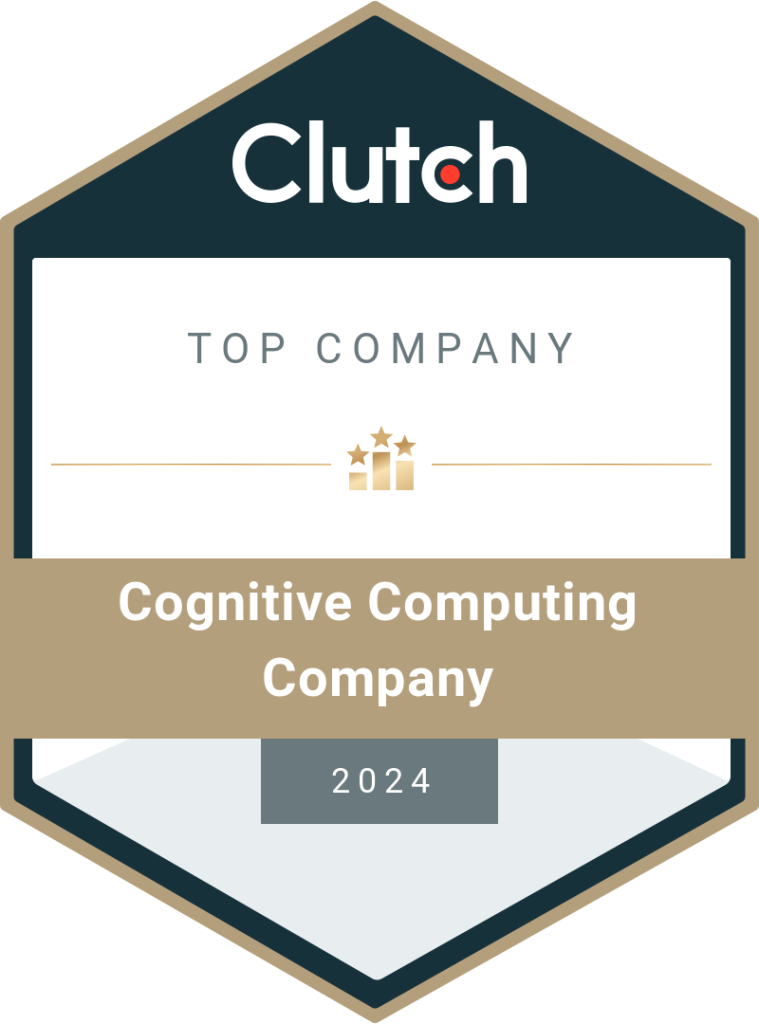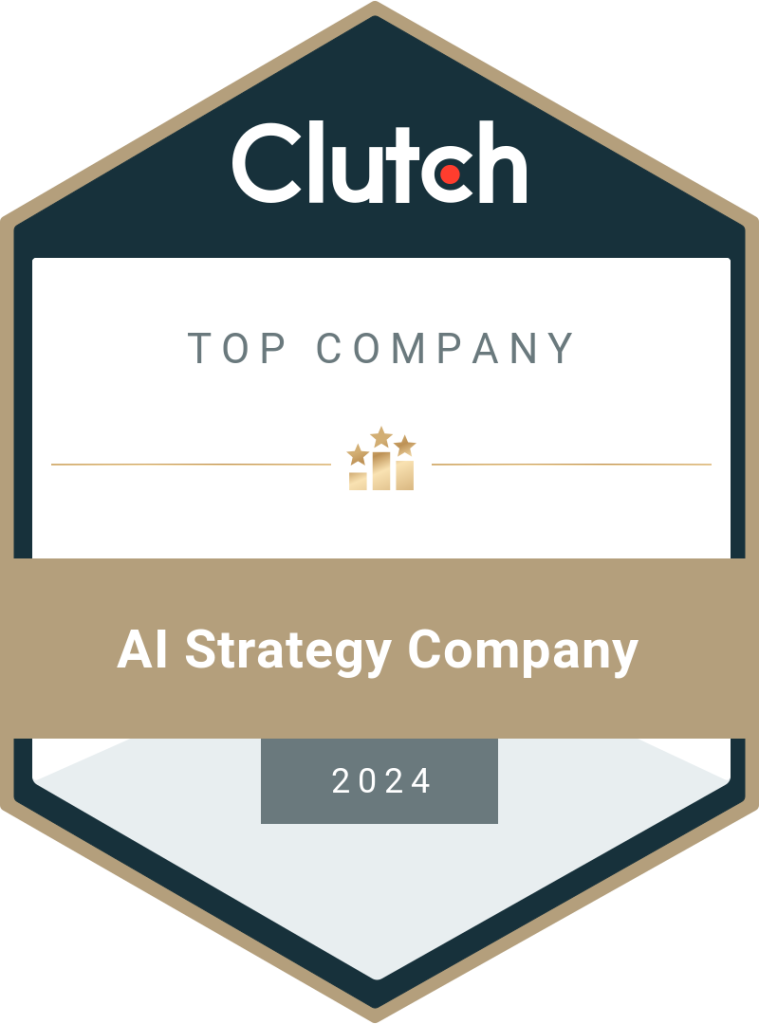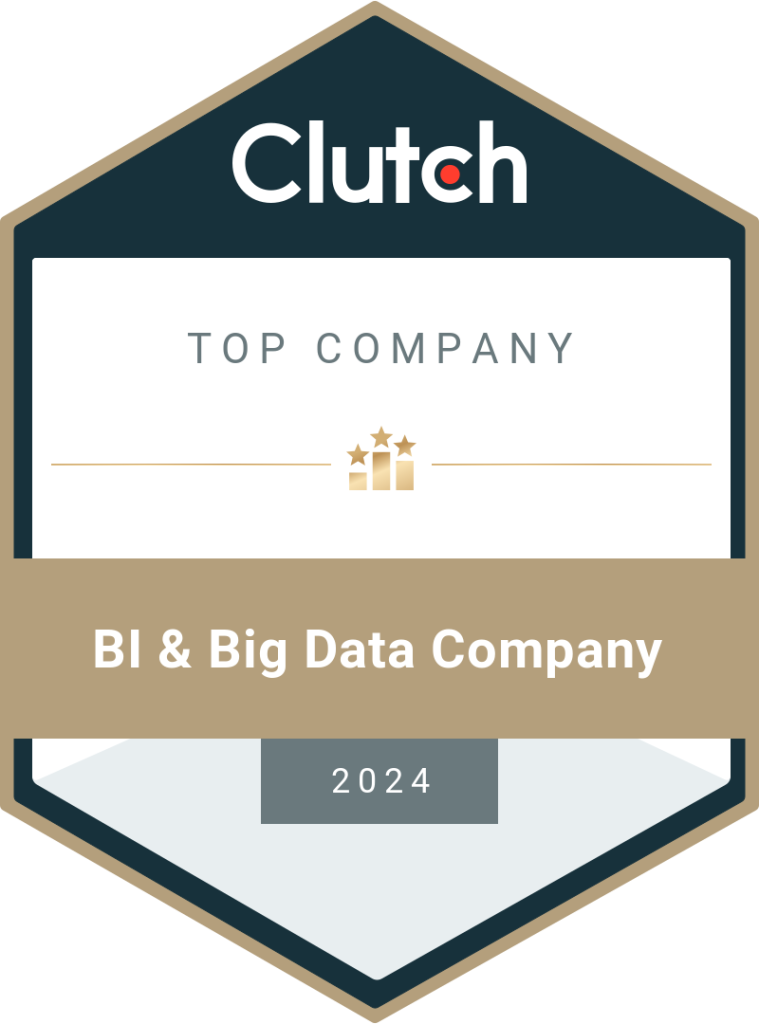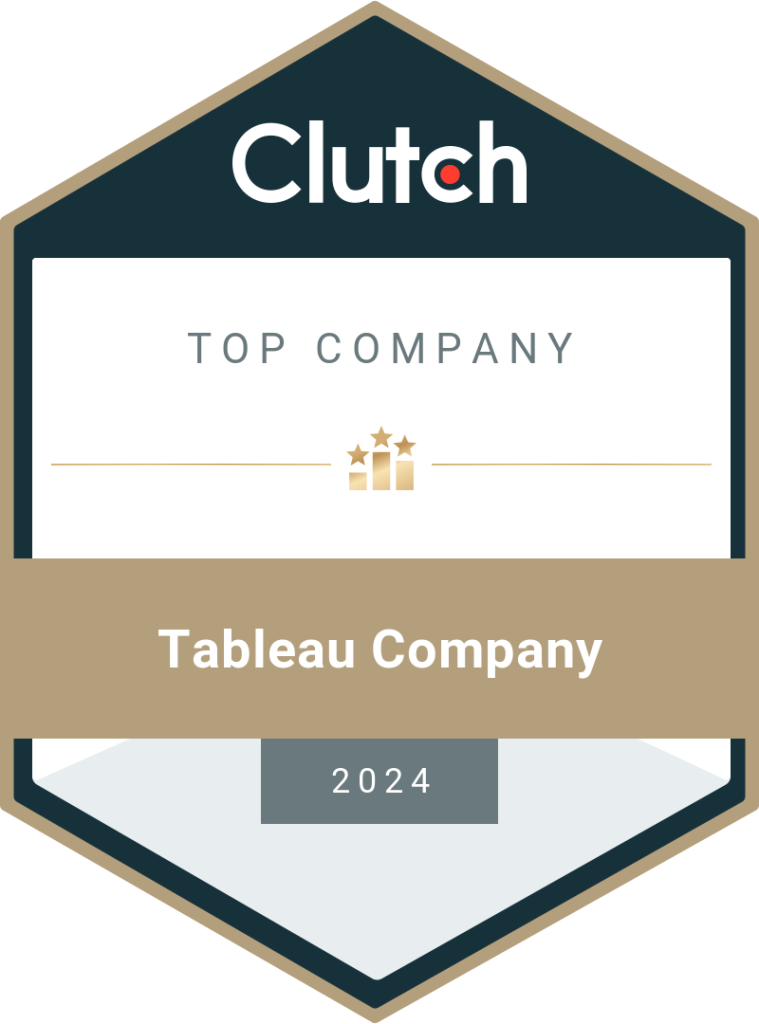You have probably heard, used, and perhaps even overused those buzz words as you persuade consumers how to take their business to the next stage. The terms are more than just the effective aspect of your sales pitch. However, their apparent popularity is an indication that in pursuing digital marketing and search engine optimization, we have entered a new age. In this article, we are going to dive in to unpack the words, research their importance to SEO, and go over some best practices to say a data-driven SEO story.
Defining Data Mining And Its Place In Business Decisions
Big Data and data mining have become, to some degree, umbrella words that sum up a modern reality: now, all digital activities are both data moving and data induced behavior. Data mining activity is focused on evaluating vast knowledge sets to discover trends and values that can then be leveraged to generate improved efficiencies or new opportunities within an enterprise.
Google Mapping, your path, uploading on Twitter, buying from Seamless, watching your Netflix favorites – all these behaviors cause new data sources. Further, these systems collect, interpret, and use to forecast your next breath, so the internet will anticipate your next appetite for sushi better than you can.
- Data mining applications may include:
- Identification of waste habits contributing to cost-cutting steps
- Predicting purchasing trends and driving sales with appropriate product feedback
- Identifying slower timescales to plan downtime properly
- Unveiling new opportunities within a consumer segment
Once the prerogative of computer scientists, quants, or model-risk researchers, the methods of data mining now get used by almost every sector or occupation that has access to large data sets. As a gold digger during the Klondike Gold Rush, the task is to wade across knowledge sources in pursuit of a little nugget of evidence that really can benefit you.
Amazon transformed the way businesses incorporate big data storage and processing into their processes and DNA, providing automated data warehousing tools, clickstream analytics, fraud detection, recommendation engines, event-driven reporting. Their innovation paved the way for companies to audit their data access levels, as well as the marketing possibilities that access offers. Consumers of today are not only comfortable with having their online behavior recorded, but they want the organizations with which they communicate to automate such experiences by data mining.
For many consumer-facing organizations, this predictive ability is now the Holy Grail, with the quality of their data analysis being a key component of maintaining a competitive edge in their industry.
With so much information available to the companies, there’s no reason to focus on assumptions or reflex judgments. Internal stakeholders now have to band together not only to unravel patterns of data but also to advocate their path through bureaucratic hold-ups and into actionable status. Organizations need to harness their enhanced consumer understanding to drive customer service, product satisfaction, successful marketing, and ultimate growth.
Optimizing The Relation Between SEO And Data Mining
Search engines are the most consumer-oriented entity, with consumers having driven the development of the business model since the web search first launched. Google’s goal, Bing, and their equivalents are there to provide meaningful answers to their customers. It is because, like any other company, they need to sustain a competitive model to keep traffic running, which in their case depends on driving traffic to the most relevant information at the exact moment when consumers need it to make a decision. Google dubs the zero moments of truth (ZMOT) on this point.
Unsurprisingly, this business model has a sudden impact on how we treat search engine optimization as digital marketers, as well as also on how we interpret the data from analytics platforms.
Data Mining SEO operation can be described as reviewing large data sets to identify new traffic patterns and to uncover possibilities for niches. These niche trends then get leveraged to market a service or product to a user segment in a better way.
Abnormalities that you want to look for include traffic sources, simple and long-tail keywords that drive people to your site, and trends in traffic over time. For example, growth year-over-year, seasonality, and how all these factors relate to the traffic sources.
Having revealed overarching patterns from large data sets, you need to adjust your SEO approach to say the true story based on the findings. Quality data mining can open up a wealth of possibilities for storytelling, but it’s not always a good thing to have all those options.
To further set yourself up for success, make sure that you have set up key performance indicators (KPIs) to benchmark your performance against goals that matter to your customers and that remain relevant to the organic acquisition realm. Then make sure you monitor your progress as well as revising strategy consistently when it does not seem to be measuring up.
While researching and posting on Google Analytics, stay away from bi-weekly duration data, or even month-over-month analysis. Unless you want to calculate the short-term effect of an on-page shift or determine that seasonality is at risk, you should always look at the larger picture–and, therefore, the more significant timeline. That is when the data gets large enough to be useful as well as actionable.
How Can You Get Help From Data Mining With SEO (Search Engine Optimization)?
That applies most in Big Data mining is what follows after in SEO and business analytics: to increase ROI by using smart data. If you have been thinking about how to achieve that goal but have not yet found a satisfactory answer, then it is high time to get in contact with experienced data miners.
One of the Search Engine Optimization strategies that have proved to work well in the past has been allowing other websites to connect to the material of another website. It indicated that Google had a better ranking of the site whose advertising was linked to high-quality content. Google recently appears to be using fear to combat this technique. They want to make sure, according to Google, that websites with poor content, but use spam links to rank high in the SERP, no longer rank highly. High-quality link building techniques, such as guest blogging, should be used. You may want to consider using the latest outreach tool for writers.
Google wants to penalize the page by using what seems to be advertising, irrelevant links, and storing external links on the domain. It is worth noting that, without their awareness, certain websites with great content may become connected to by spam websites. The big question that online business owners are now asking themselves is whether there is some way to keep getting results without having to worry about Google’s mongering fears.
If Google’s fear-mongering gets to you as an online business owner, you’ll be happy to realize that using data mining SEO; you can achieve better results. Data mining SEO is defined by evaluating substantial data sets to discover new market markets and reveal new traffic trends. Once you have found the new traffic dynamics and emerging phenomena, you will be able to market your product or service to interested people.
- Some essential things involved in SEO using data mining:
- Get relevant data from such tools as Google Analytics.
- To analyze the data, to try and identify traffic and conversion pattern abnormalities.
- To understand what the noticed anomalies mean to your company.
SEO is one of the dominating part of the digital marketing and noone can deny that. In fact, there are many digital marketing trainings available in the market who will teach you about the basic concepts behind it. But if you want to yield bes results, Data Mining can help you there.
Data Mining Is Making SEO (Search Engine Optimization) Experts More Confident
When people perform Google searches, they choose to click on the first few results that appear on the first page of results. It suggests online business owners in the Search Engine Results Page (SERP) need to figure out a way to improve their scores. Google seems to use guilt mongering to make sure people avoid using some of the SEO strategies that operate. There are several ways they do that. One of these examples is when Matt Cutts, the former head of webspam prevention, brazenly claimed that “guest blogging was dead.” They also claimed that for specific keywords, press releases do not pass PageRank or help websites rank above.
People who did experiments, however, have shown that some of those claims are at best propaganda. However, despite hard data, specific arguments are difficult to substantiate. Thankfully, there are new big data tools to help advertisers counter some of Google’s arguments. A tool called Backlink Watch was used by one of my coworkers to track the anchor text used in backlinks to various websites. They noticed that these sites scored higher when using anchor texts, 60 percent of the time in their posts, even though Google believed this was something that would get penalized. Another big data method allowed the recognition of what does and does not function in SEO.
It is not as easy to do SEO as it was before. The good news is that we now have exposure to data mining software of higher quality, which can help us identify the best approaches. Data mining is a massive benefit for worldwide SEO practitioners.
You must get going with data mining. All you have to do is contact us and get the best solution prepared for you.


